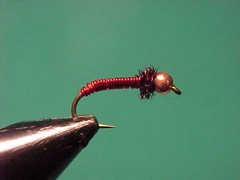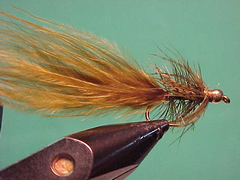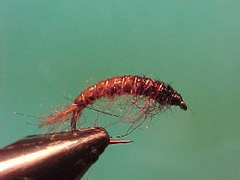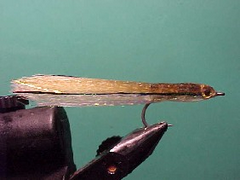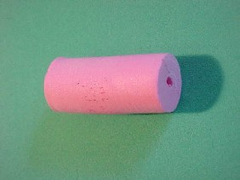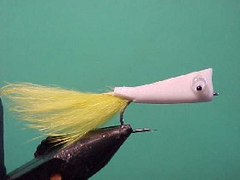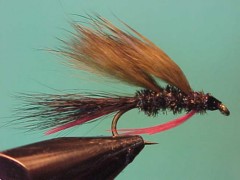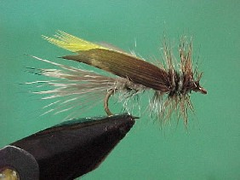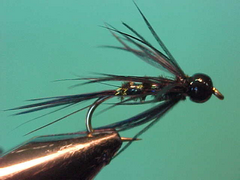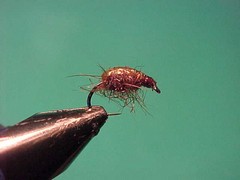BH Brassie
The bead head version of the Brassie fly has been around for a long time and certainly has a place in ever river fly box. It’s a handy fly to have on hand if you need a buggy looking fly that sinks like a brick or an anchor fly for a team of two or three flies. If this fly is a little heavy try the non bead head version QUICK LINK

